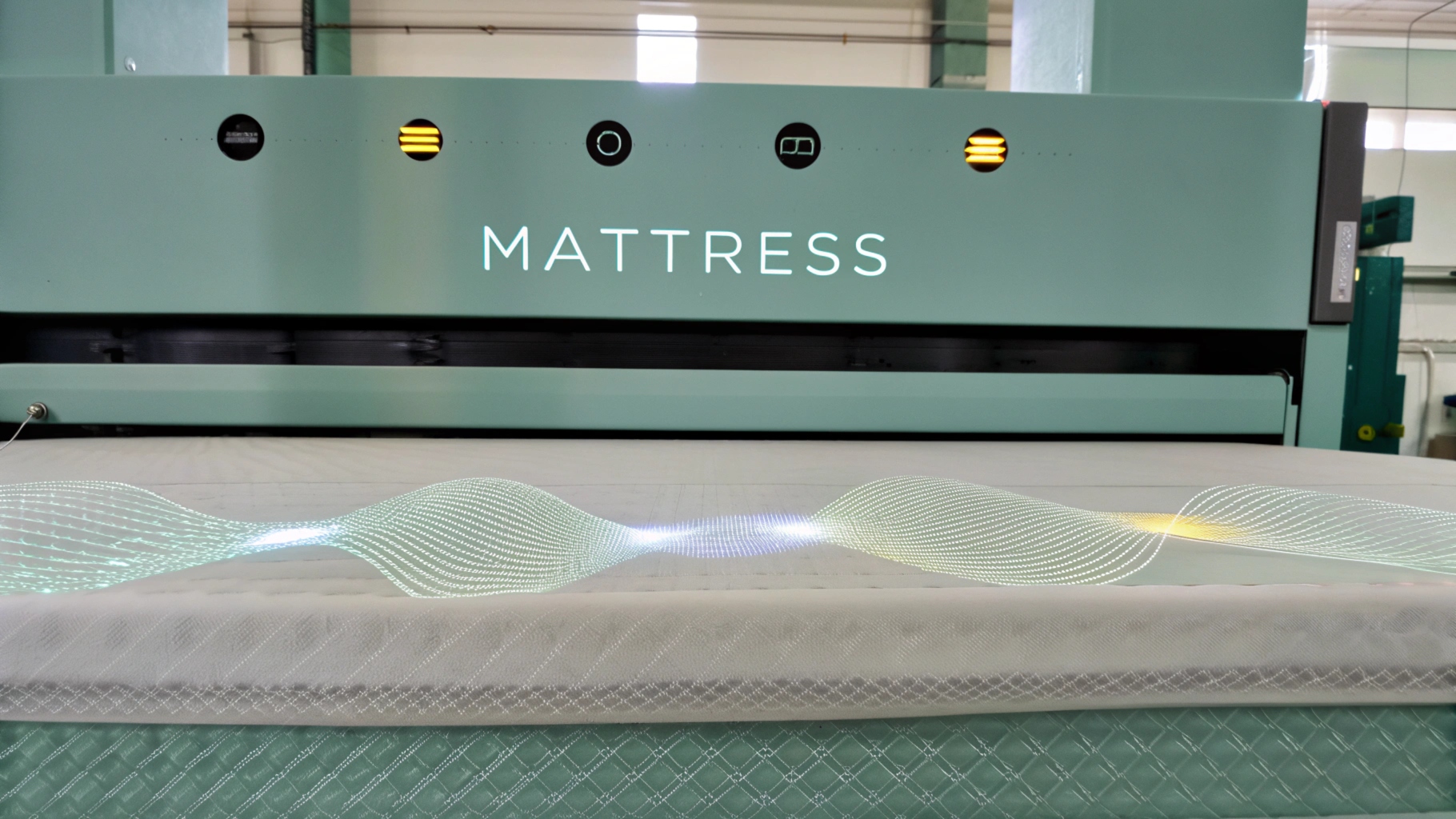
When you're running a furniture business like yours, you know how crucial it is to stand out. That’s where OEM mattresses come in. They’re all about giving you flexibility and helping you meet your customer’s unique needs.
An OEM mattress is manufactured by one company but branded and sold by another. It allows businesses to customize designs and labels for resale.
Let me walk you through why this matters and how it can make a difference for your business.
What is the difference between types of mattresses?
When you’re sourcing mattresses, understanding the types is key. I’ve been in your shoes, deciding between options that all sound great but serve different purposes. Let’s simplify this for you.
Mattresses vary by material, including memory foam, innerspring, hybrid, and latex. Differences lie in support, comfort, durability, and temperature regulation to suit diverse sleeping needs.
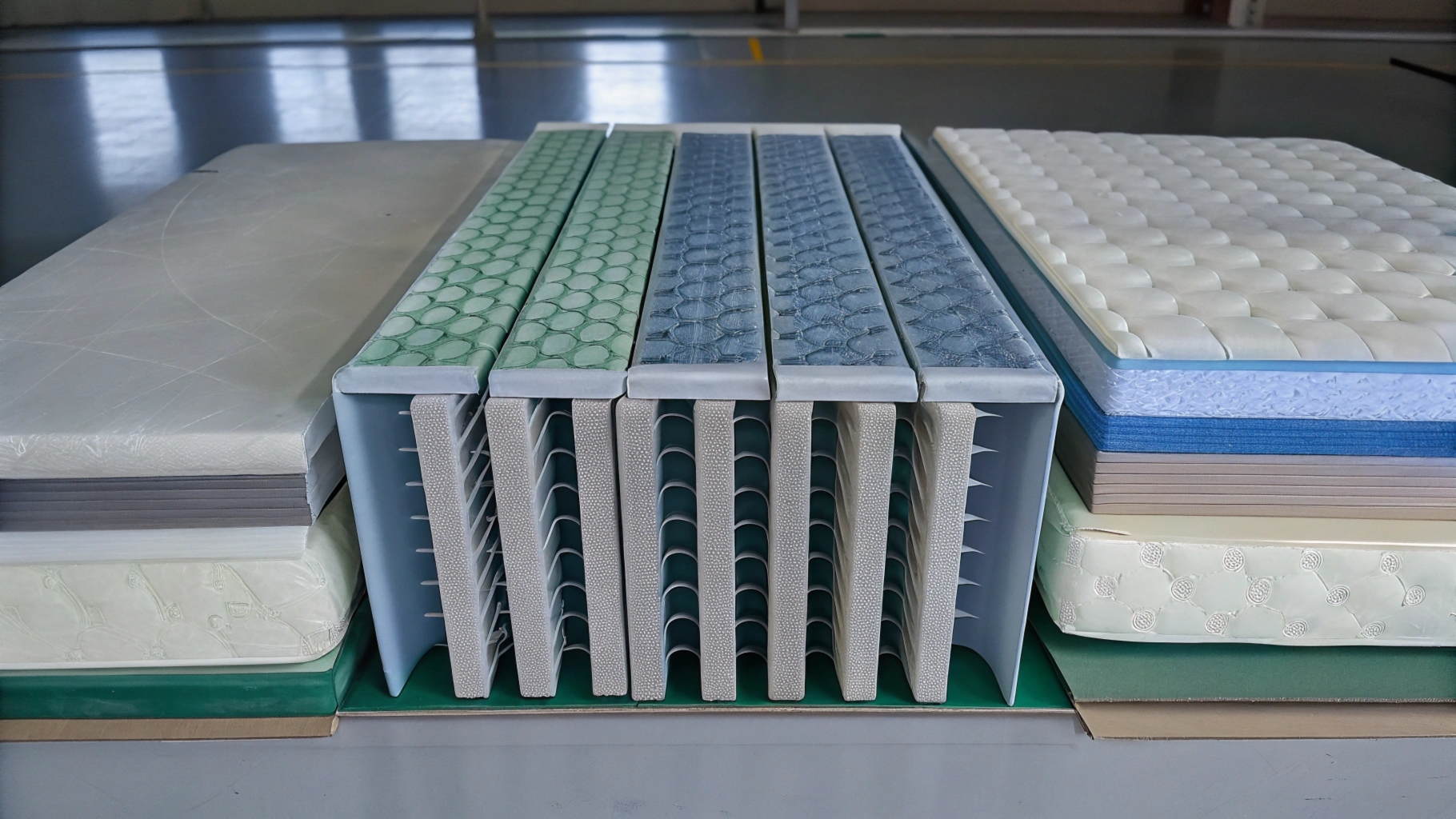
Dive Deeper: Matching Mattress Types to Your Customers’ Needs
Here’s a quick breakdown of the most popular mattress types I’ve worked with:
-
Innerspring Mattresses
These are great for customers looking for affordability and durability. They’re bouncy and long-lasting, but not always the best for pressure relief. -
Memory Foam Mattresses
If your customers want a mattress that hugs their body and reduces motion transfer, this is it. Just watch out for heat retention—adding gel foam can help. -
Latex Mattresses
Perfect for eco-conscious buyers, these mattresses are durable and naturally breathable. They’re on the firmer side, which works well for some but not all. -
Hybrid Mattresses
These combine the best of both worlds—coils for support and foam for comfort. They’re versatile but often come at a premium price.
| Type | Support | Durability | Cost | Best For |
|---|---|---|---|---|
| Innerspring | High | Long-term | Affordable | Budget-conscious buyers |
| Memory Foam | High | Moderate | Medium-High | Customers seeking pressure relief |
| Latex | High | Long-term | High | Eco-friendly and natural options |
| Hybrid | Balanced | Moderate | High | Versatile preferences |
When I started, this table helped me decide what to stock for my clients. It can do the same for you.
Does the original mattress factory make their own mattresses?
It’s a question I’ve asked countless times before working with a supplier. Knowing whether a factory produces its own mattresses tells me a lot about quality and reliability.
Yes, the Original Mattress Factory manufactures its own mattresses. This ensures quality control and consistent craftsmanship for their products.
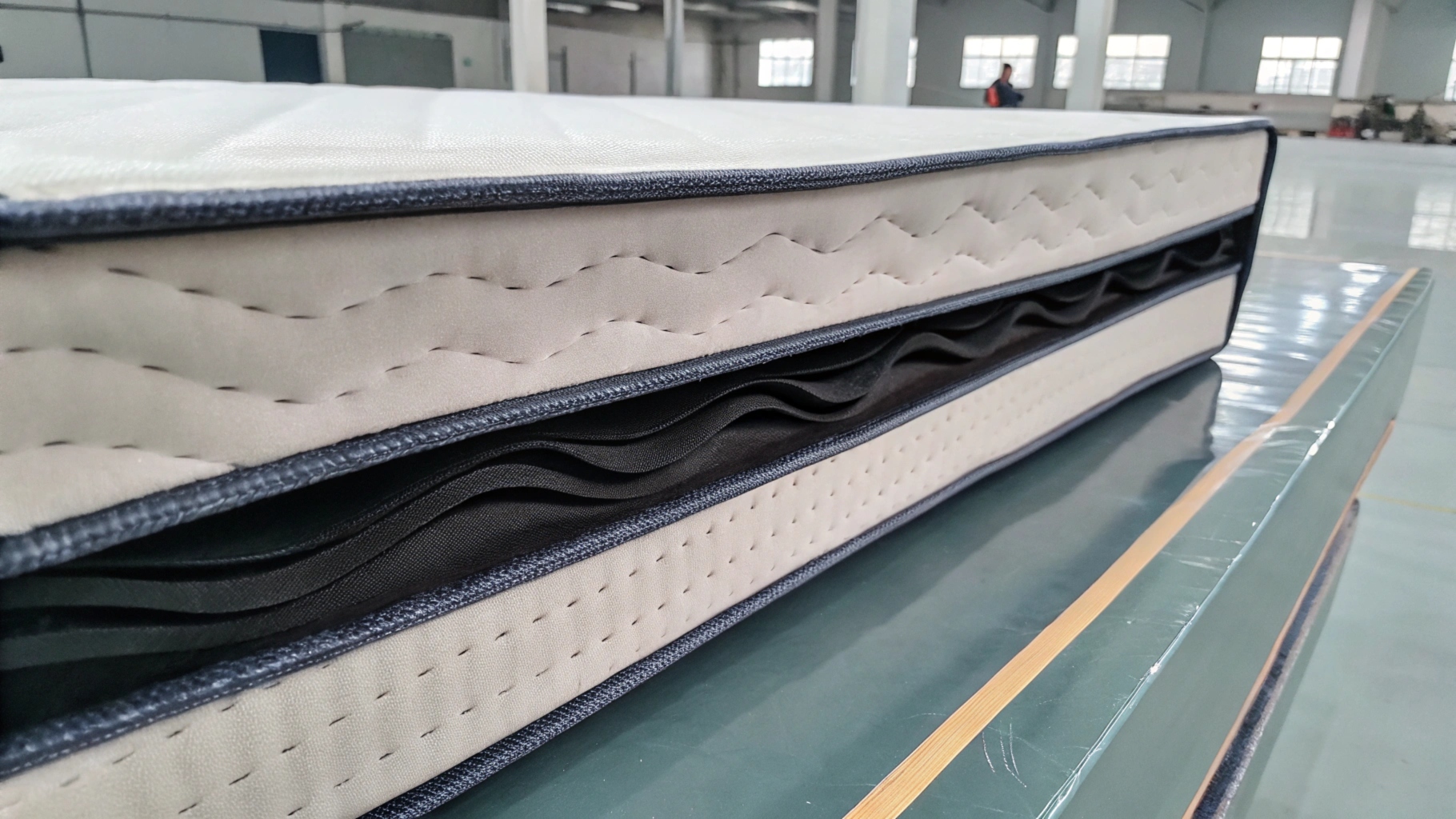
Why This Matters for Your Business
When I source from an OEM factory, here’s what I’ve learned to prioritize:
-
Customization
With OEMs, I can create a product that’s unique to my brand. From firmness levels to fabrics, they make what I need. -
Cost Control
Bulk orders mean lower costs without sacrificing quality. This helps me stay competitive in the market. -
Transparency
I always ask about materials, certifications, and quality checks. The more I know, the more confidence I have in selling to my customers.
When you choose a factory, make sure they align with your business needs and priorities. A strong partnership can save you headaches down the road.
What is a medical-grade mattress?
Have you ever had customers asking for something more specialized, like mattresses for hospitals or elderly care? I’ve had those requests, and medical-grade mattresses are the solution.
A medical grade mattress is designed to prevent pressure ulcers and support proper posture. It uses advanced materials like memory foam or gel to meet medical standards.
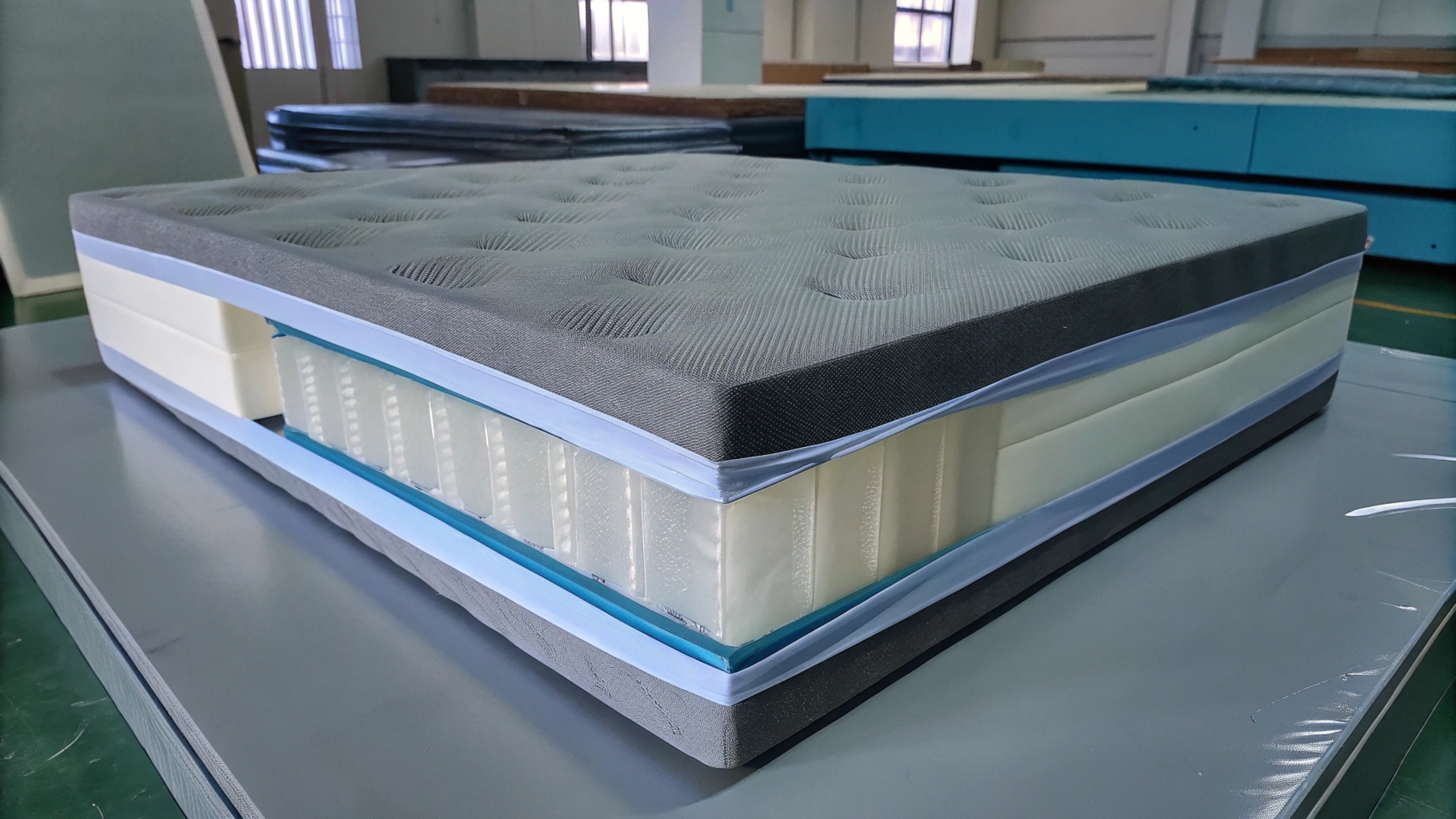
Features That Set Medical Mattresses Apart
Here’s what I’ve learned to look for when sourcing medical mattresses:
1. Pressure Redistribution
These mattresses prevent bedsores and improve circulation. Gel or air-based options are lifesavers for customers in healthcare.
2. Hygiene Standards
Antimicrobial covers make these mattresses easy to clean and perfect for hospitals or nursing homes.
3. Customizable Support
Adjustable mattresses that change firmness or elevation are a must for specific patient needs.
| Feature | Benefit |
|---|---|
| Pressure Redistribution | Prevents bedsores and improves comfort |
| Antimicrobial Covers | Keeps hygiene a top priority |
| Adjustability | Fits unique patient requirements |
If you’re catering to a medical or healthcare audience, adding these to your portfolio can open up new opportunities.
What is the difference between orthopedic mattresses and normal mattresses?
I bet you’ve had customers debating between regular mattresses and orthopedic ones. I’ve been there too, trying to explain why an orthopedic mattress might be worth the investment.
Orthopedic mattresses provide targeted support for the spine and joints, reducing pain. Normal mattresses offer general comfort without specialized ergonomic benefits.
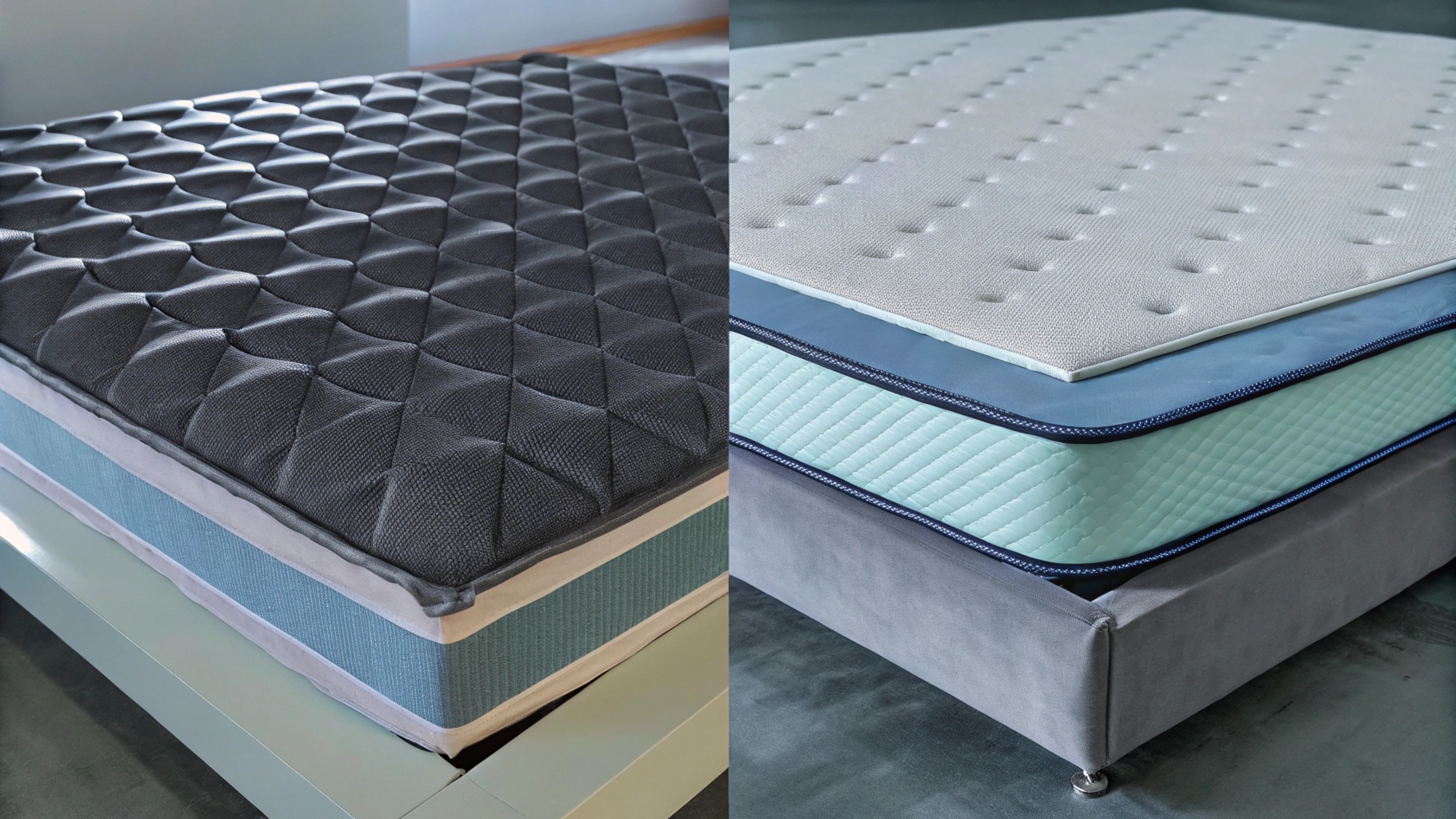
Why Orthopedic Mattresses Matter to Your Customers
Here’s why I often recommend orthopedic mattresses to customers with specific needs:
1. Spinal Alignment
These mattresses ensure proper spine alignment, which helps reduce pain and improve posture.
2. Long-lasting Support
High-density foam or latex ensures these mattresses maintain firmness over time, making them ideal for health-conscious buyers.
3. Customer Segments
I’ve seen seniors and people recovering from injuries find orthopedic mattresses life-changing.
| Feature | Orthopedic Mattress | Normal Mattress |
|---|---|---|
| Support | Firm, targeted support | General comfort |
| Material | High-density foam or latex | Varies: foam, coils, etc. |
| Purpose | Alleviates pain, spine alignment | General use |
| Cost | Higher due to specialization | Broad range |
When stocking orthopedic mattresses, I also include softer options to accommodate customers who prefer less firmness. It’s all about balance.
Conclusion
OEM mattresses have changed the way I serve my clients. From tailored options to solving specific needs like orthopedic or medical-grade designs, they’ve allowed me to stand out. When you work with the right factory and choose the right products, your business benefits, and your customers stay satisfied.



